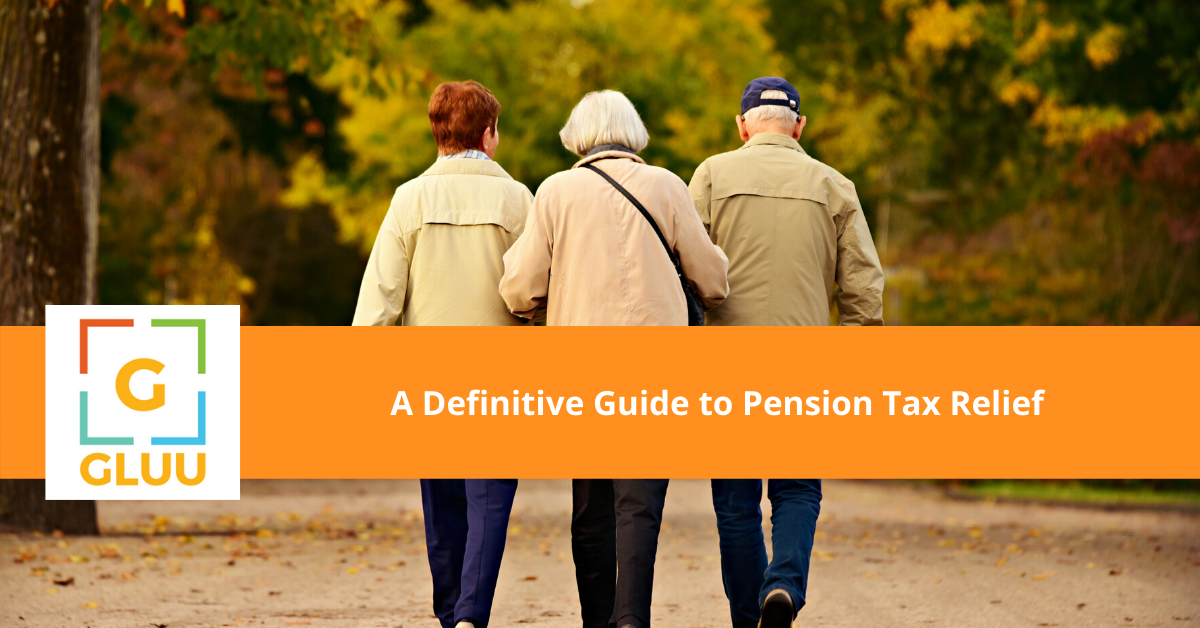
Pension Contributions refers to the money that would have gone to the government as a tax, but instead it goes into your pension. You can put as much money as you want in your pension but there are annual and lifetime limits on how much tax relief you will get on your pension contributions.
You can receive tax relief on your private pension contributions worth 100% of your annual earnings or a £40,000 annual allowance, whichever is lower. It’s your responsibility to make sure you don’t receive tax relief more than 100% on your annual earnings otherwise the HMRC will ask you to pay back anything over this limit.
For Example:
If you earn £25000 but put £30000 into your pension pot (with some savings) you’ll only get relief on £25000. Similarly, if you earn £50,000 and want to put that amount in your pension scheme in a single year, you’ll only get tax relief on £40,000.
Any contributions above this limit will be subject to your income and you’ll have to pay income tax at the rate that applies to you.

Tax relief is paid on your pension contributions at the highest rate of income tax you pay. So, basic-rate taxpayers get 20% pension tax relief while higher-rate taxpayers can claim 40% pension tax relief and the additional-rate taxpayers can claim 45% pension tax relief
You can get tax relief automatically:
This Article Covers:
If someone else pays your pension
The Money Purchase Annual Allowance
Pension tax relief is a bonus reward given by the Government in the form of tax relief when you save into a pension. The tax relief on your pension goes into the pension pot rather than a tax to the government. They are a tax-efficient way of saving money.
You can claim tax relief on pension contribution if:
If your claim is not set for automatic tax relief then you can claim pension through self-assessment tax return. If you don’t file a tax return it is advised to speak or mail to HMRC and bring it to their notice.
If someone else such as your partner is claiming your pension then you automatically get tax relief at 20% if your pension provider claims it for you.
If there is no earnings or you earn less than £3600 a year, you can pay for pension schemes to personal pension, self-invested personal pension or stakeholder pension and are subject to tax relief added to your contributions up to a certain amount.
You automatically get tax relief at 20% on the first £2,880 you pay into a pension each tax year 6th April to 5th April if both of the following apply to you:
Remember, you cannot get tax relief on your pension contributions to pay life insurance policy, unless it’s a protected policy.
It is life insurance policy if:
If you start to take money from your pension contribution, it could trigger a lower annual allowance known as Money Purchase Annual Allowance or MPAA. The MPAA for the tax year 2019-2020 is £4,000.
If you're a basic tax payer and contribute £100 from your salary to pension, it will only cost you £80. The government adds that £20 on top. While the higher tax payer at 40% and an additional tax payer at 45% only need to pay £60 and £55 respectively to achieve the same £100 of pension savings.
The lifetime allowance is £1,055,000. This allowance puts a top limit on the value of pension benefits that you can draw benefits from without having to pay a tax charge. All employers are required to automatically enrol all eligible workers for pension schemes. The treasury has planned to cut pension tax relief for high earners to 20% from 40% for all workers. This move is expected to raise £10 billion per year. The budget which will be released on 11th March will tell how much of that is applicable. Pension taxation can be confusing which is why we recommend speaking to an accountant.